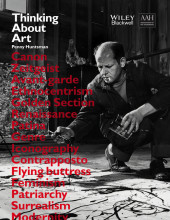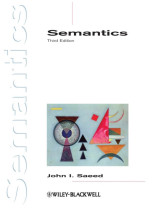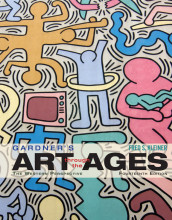Materials, Techniques and Processes - Painting: Timeless and Honoured - Fresco: all in a day's work
4 important questions on Materials, Techniques and Processes - Painting: Timeless and Honoured - Fresco: all in a day's work
What are the basics of fresco?
What are the limitations of fresco?
2. It is susceptible to damp and earthquakes which can damage the plaster.
3. The plaster has to be applied in sections, and once it's dried, it won't receive the paint as well.
What are the two types of fresco?
2. Fresco in secco, or fresco applied to dry plaster.
- Higher grades + faster learning
- Never study anything twice
- 100% sure, 100% understanding
Why can frescos look like jigsaw puzzles?
The question on the page originate from the summary of the following study material:
- A unique study and practice tool
- Never study anything twice again
- Get the grades you hope for
- 100% sure, 100% understanding
































